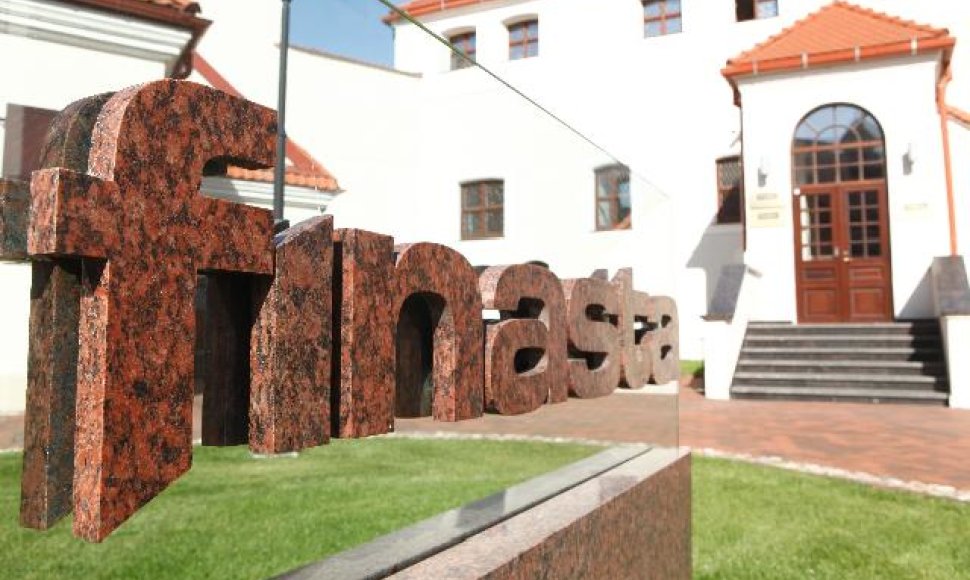The investment bank expects Lithuania to remain among the European Union’s (EU) leaders in terms of GDP growth for the third consecutive year. It notes, however, that the Baltic economies have not yet restored the output lost during the crisis.
Same as before, the bank expects Latvia’s economy to expand by 2.8 percent this year. The forecast for Estonia was revised up to 3.3 percent, from 3 percent.
“The Baltic countries continue to be rather successful in staying immune against recession in the euro zone,” Rūta Medaiskytė, the bank’s chief economist, said in a press release. Both exports and private consumption contributed to the growth, she added.
As estimated by Finasta, Lithuania’s and Estonia’s GDP is some 5 percent below the pre-crisis peak, which it should reach in 2014. Latvia’s GDP lags behind the pre-crisis level by more than 10 percent and should get back to that level in 2015 or 2016.
Finasta puts its projection of average annual inflation at 2.3 percent this year.
In Latvia, the respective rate should reach 2.2 percent, and in Estonia, 3.3 percent, according to Finasta.
Lithuania’s first attempt to adopt the euro early in 2007 fell through as it failed to meet the inflation criterion. The country will now seek to join the euro zone in 2015, a year after Latvia.












